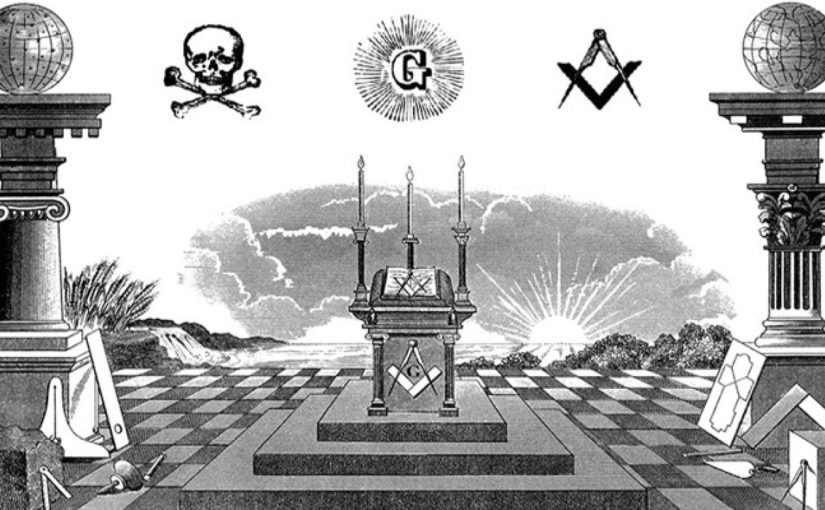Las verdaderas raices del Rito Escocés de la Francmasoneria se pierden en la noche de las épocas antiguas. Nuestras enseñanzas preceden a nuestra organización actual en miles de años. Los grados del Rito Escocés nos dan un sentido de valores y de normas históricas. Hoy es el niño de ayer. Nadie puede entender el significado de los acontecimientos que en cada época sacuden al mundo, a menos que se los vea desde la posición ventajosa de la historia. De las crisis del pasado, el hombre ha descubierto los principios que son tan sólidos como las montañas y tan perdurables como las estrellas.
El Rito Escocés esta formado por una acumulación de lecciones y de experienciasmasónicas. Artefactos del Rito Escocés están dispersos a través de la historia de muchas razas, culturas, y sociedades. Los signos, símbolos, inscripciones, conceptos, y enseñanzas pueden ser encontrados en los estudios de la mayor parte del mundo antiguo. Están inscritos en las tumbas y los templos de la India, las ruinas de Nubia, y en el valle egipcio del Nilo hasta su mismo delta. También se encuentran en Caldea, Assyria, Persia, Grecia, Roma y incluso en México antiguo y Yucatán.
El origen del Rito puede ser rastreado a Francia a principios del Siglo XVIII, aunque algunos de sus rituales pueden tener un legado que data de los años 1600. Hay antiguas alusiones a la masonería «Escocesa››, es decir, grados con un titulo «Escocés››, que datan de 1741. El uso de la palabra «Escocés›› ha conducido a muchos a creer que el Rito se originó en Escocia y que Escocia sigue siendo la fuente originaria de su actividad. Este no es el caso.
La Masonería, habiendo sido fundada en Inglaterra como una fraternidad simbólica, fue introducida en Francia por aquellos Escoceses que huían de la intranquilidad de esa época en las Islas Británicas. En Francia existía un medio ambiente muy fértil para la difusión de la Masonería y por la naturaleza misma del instinto de Francia por las cortes de realeza y los honores, desarrolló Grados «más altos» para honrar a los Masones que entraron en su medio.
La historia demuestra que un Cuarto grado fue creado llamado “Chevalier Macon Ecossais” o Caballero Escocés. Se cree que de ahí viene el término «Rito Escocés». Como se popularizó la creación de grados, cada uno con su propio propósito y moralidad, afloraron los esfuerzos para organizar a éstos dentro de un sistema de grados. Un sistema así se conoció como el “Rito de Perfección” y tenía veinticinco grados y estaba situado en Burdeos. Pero el origen más probable del Rito Escocés como ahora se lo practica puede ser rastreado al establecimiento del Capítulo de Clermont en 1754 en las afueras de París, por Chevalier de Bonneville, honrando al Duque de Clermont, entonces Gran Maestro de la Gran Logia Inglesa de Francia. Este Capítulo habría trabajado hasta 25 grados durante su periodo de cuatro año de existencia.
El Capítulo de Clermont fue sustituido por los Caballeros del Este y los Emperadores del Este y del Oeste, el último conocido en Francia como el Rito de Heredom durante los años Este Rito organizó el Rito de Perfección, comprendiendo 25 grados, 22 de los cuales fueron llamados los “haut grades,” o los altos grados, con los tres grados de la logia simbólica agregados. Un documento que concemía al Rito de Perfección, conocido como las Constituciones Secretas de 1761, designó a oficiales como Inspectores Generales del Trigésimo tercer grado.
Con la aparición de este documento, una patente conjunta fue otorgada por la Gran Logia de Francia y los Emperadores del Este y del Oeste a un comerciante llamado Etienne (Stephen) Morin, con el fin de establecer el Rito de Perfección en las Américas. El hogar de Morín era en Burdeos, el más viejo centro Masónico provincial de Europa. Allí le hicieron Masón en la Loge Francaise, que había sido creada el 13 de Diciembre de 1740 y más adelante fue llamada La Francaise Flue Ecossaise. Ésta era la Logia más antigua de más de cincuenta Logias-hijas de Loge L°Anglaise, una Logia que los Masones Británicos fimdaron en Burdeos en 1732. Estas Logias-hijas dieron a luz a la proliferación de grados que resultaron ser los progenitores de nuestro Rito Escocés. Esta patente le dio a Morin el título de Inspector General, con la autoridad para crear otros inspectores y para establecer Logias que trabajen en «los grados perfectos y sublimes». Su primer nombramiento fue el de Henry Andrew Francken en las Indias 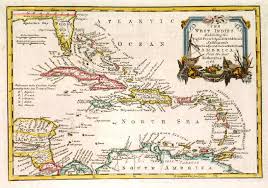 Occidentales. Un año después, las Grandes Constituciones de 1762 fueron adoptadas, estipulando 25 grados, incluyendo los tres grados de la Masonería Simbólica, con autoridad para establecer Logias y para trabajar los grados bajo Inspectores Generales y sus Diputados. De la autoridad original de Morin, las patentes fueron concedidas que establecían el Rito de Perfección en las Indias Occidentales, Albany, New Orleans, Philadelphia, y Charleston.
Occidentales. Un año después, las Grandes Constituciones de 1762 fueron adoptadas, estipulando 25 grados, incluyendo los tres grados de la Masonería Simbólica, con autoridad para establecer Logias y para trabajar los grados bajo Inspectores Generales y sus Diputados. De la autoridad original de Morin, las patentes fueron concedidas que establecían el Rito de Perfección en las Indias Occidentales, Albany, New Orleans, Philadelphia, y Charleston.
Las Grandes Constituciones de 1786, adoptadas en Berlín el lo de Mayo de 1786, estipularon que un Rito trabaje en Treinta y tres grados, del uno al treinta y tres, bajo el nombre de Rito Escocés Antiguo y Aceptado y sea gobernado por un Consejo Supremo. Esta Constitución creó la estructura y el gobierno del Rito Escocés como se practica hoy.
La razón original para la organización de Logias distintas para conferir estos grados «más altos» pudo haber sido el deseo de limitar la calidad de miembro a los de la fe Cristiana. Las Constituciones de Anderson de 1723 habían ampliado el campo de la Masonería a hombres de todas las denominaciones religiosas que creyeran en la Deidad y en la esperanza de la inmortalidad. A este respecto se debe observar que las últimas Constituciones del Rito Escoces de 1786 abrieron igualmente las puertas a los hombres de todas las religiones y estipulan que solo cuatro de los nueve governantes necesitan profesar la religión que prevalece.
Estas Logias también se habrían creado como refugio y desvío de las crueles operaciones bajo la famosa Bula papal «In Eminencia›› de 1738 que decretó la prohibición y el castigo a los Masones y la Masonería y a cualquiera que les ayudaran. Morin era Católico, al igual que la mayoría de los primeros Masones Franceses.
Más adelante, estas Logias prosperaron y florecieron en los campos fértiles de la Masonería por razones más importantes. Se convirtieron en depositarios de las revelaciones mediante grados secuenciales, de grandes verdades derivadas de la sabiduría arcana de las generaciones, incluyendo descubrimientos que la Francmasonería original encubría dentro el conocimiento secreto, los símbolos y los Misterios Mayores y Menores que vinieron a través de los siglos, aun mucho antes que el enigma de la Esfinge Mística desconcertara las mentes de los hombres.
Manuscritos franceses antiguos contemporáneos al período prueban que desde alrededor de 1740 Burdeos era la madre y regulador de estos Grados Escoceses y que había autorizado organizaciones-hijas bajo diferentes regulaciones. Estas descendientes incluyeron: Paris 1747; Capital- Santo Domingo 1748; St. Pierre- Santo Domingo 1750; Por La Pair- Santo Domingo 1752; St. Marc- Santo Domingo 1753; Les Caye de Fond L’ Isla a Vaches- Santo Domingo 1757; Ferigueux- Francia 1759; New Orleans- E.E.U.U. 1763 (conforme a la petición de 1756).
El desarrollo y la expansión de grados en los de nuestro Rito Escocés Antiguo y Aceptado evolucionó por tanto del Rito de Perfección de Burdeos, del Capítulo aristocrático de Clermont en París que Chevalier de Bonneville fiundó en la Universidad de los Jesuitas en 1754, del Consejo de Emperadores del Este y del Oeste, y de varios otros sistemas tributarios. Más adelante, el renombrado Soberano Gran Comendador y erudito clásico, Albert Pike trajo orden del caos y 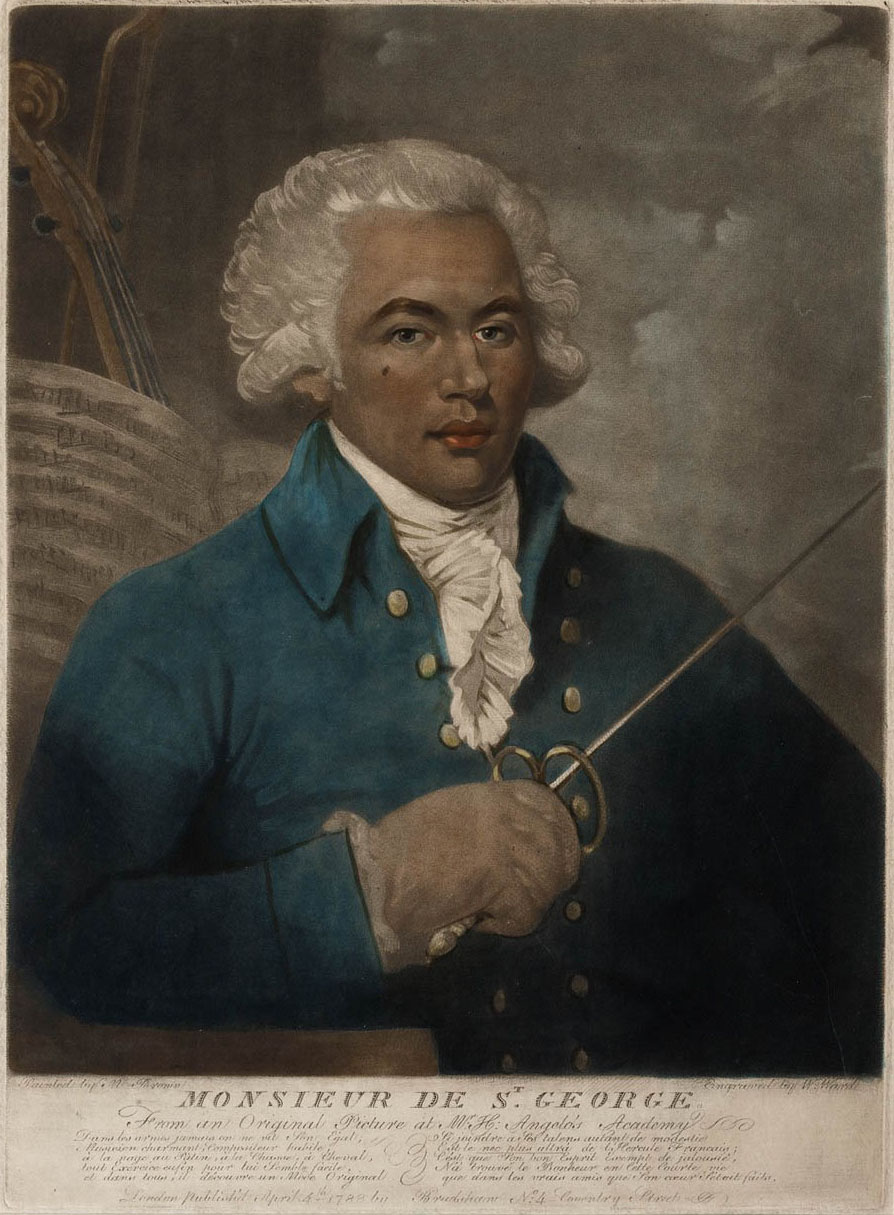 editó o reescribió los rituales para estos grados.
editó o reescribió los rituales para estos grados.
Un Supremo Consejo de nueve miembros se abrió por primera vez en Charleston, Carolina del Sur, en mayo de 1801, asi estableciendose el “Consejo Madre del Mundo.” Hoy, todos los Supremos Consejos regulares y reconocidos que existen en el mundo provienen esta fuente.
El 21 de febrero de 1802 el Supremo Consejo de Charleston concedió a De Grasse una Patente como Soberano Gran Inspector General y lo declararon Gran Comandante vitalicio del Supremo Consejo de las Islas Indias Occidentales Francesas con autoridad para establecer otras organizaciones del Rito Escoces bajo las Grandes Constituciones.
En 1802, de Grasse volvió a Santo Domingo, sirviendo como Capitán de Caballería bajo las ordenes del General Leclerc, cuñado de Napoleón, y más adelante bajo las ordenes del Comandante de Rochambeau, y fue allí que un año después un bloqueador Británico lo llevó preso a Jamaica.
Luego de estar cerca de siete meses en Kingston, Jamaica, estableció el Supremo Consejo de las Islas de Barlovento y de Sotavento en Port-au-Prince en 1803. Volviendo a Francia en 1804, se fue a Burdeos y estableció el Supremo Consejo de Francia en el mismo año, de Italia en 1805, de España en 1809, y de Bélgica en 1817.
Todos los trabajos regulares del Rito Escocés Antiguo y Aceptado de la Francmasoneria, ahora tienen un sistema de Treinta y tres grados. En la mayoria de las jurisdicciones, la autoridad sobre los primeros tres grados se deja a las Grandes Logias de Masones Antiguos, Libres, y Aceptados dentro de cada país o estado, así proporcionando una sociedad homogénea que promulgue un sistema progresivo de lecciones morales y éticas, que es la verdadera misión de la Francmasonería.
En vista de los trabajos, la dirección y los éxitos promocionales de Morin y de Francken, merecen tributo y reconocimiento duraderos. Sus celosos esfuerzos a través de muchos años sirvieron de trampolín que realmente lanzó al Rito Escocés en ima órbita creativa y evolutiva, primero en los Estados Unidos y luego alrededor del mundo. Con visión profética despertaron en los hombres dominantes un impulso dinámico para un Rito Escocés que se expandía. Llevaron a la oscuridad y pasaron a otras manos una llama Viviente que continúa iluminando a la Francmasonería del Rito Escocés con una brillantez cada vez mayor. Esto condujo a los logros excepcionales que gozamos y por los cuáles estamos hoy tan agradecidos, como si fuéramos los herederos de una gran riqueza legada a nosotros por un testamento.
El primer Supremo Consejo en Sud América se estableció en Colombia en 1827, luego en Brasil en 1832, Uruguay en 1855, Argentina en 1858, Perú en 1875, Paraguay en 1896 y Chile en 1899.
En Bolivia, el Supremo Consejo del Grado 33° del Rito Escocés Antiguo y Aceptado fue fundado el 21 de Junio de 1931 por nueve Ilustres Hermanos: Guillermo A. Hermanowicz, Norberto Galdo, Federico Martins, Julio Mariaca Pando, Gabriel Palenque Guzmán, Carlos Sampson, de Anselmo López Hidalgo, William A. Pickwood y Justo Quevedo; recibiendo su Carta Patente del Supremo Consejo de Chile el 17 de Octubre de 1931.
Supremo Consejor 33° Bolivia
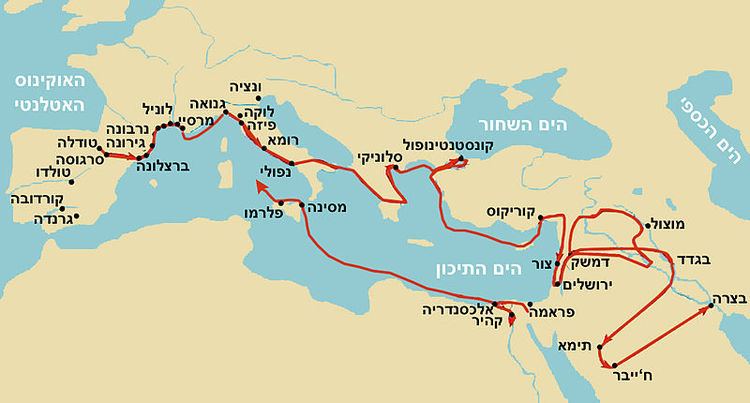
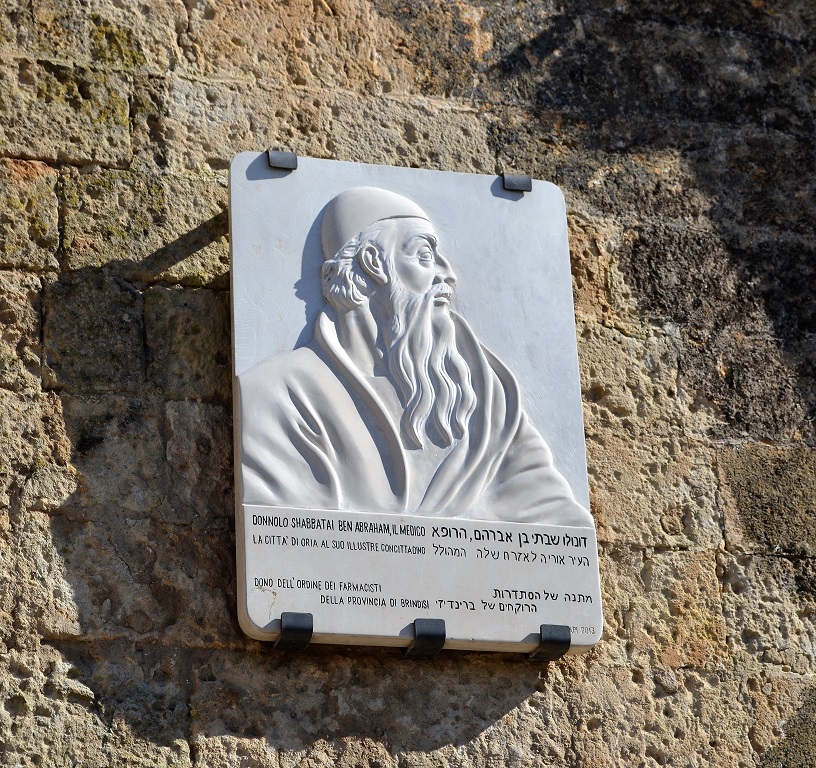


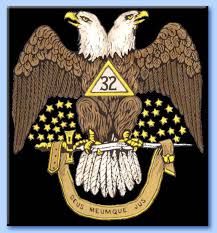
 Occidentales. Un año después, las Grandes Constituciones de 1762 fueron adoptadas, estipulando 25 grados, incluyendo los tres grados de la Masonería Simbólica, con autoridad para establecer Logias y para trabajar los grados bajo Inspectores Generales y sus Diputados. De la autoridad original de Morin, las patentes fueron concedidas que establecían el Rito de Perfección en las Indias Occidentales, Albany, New Orleans, Philadelphia, y Charleston.
Occidentales. Un año después, las Grandes Constituciones de 1762 fueron adoptadas, estipulando 25 grados, incluyendo los tres grados de la Masonería Simbólica, con autoridad para establecer Logias y para trabajar los grados bajo Inspectores Generales y sus Diputados. De la autoridad original de Morin, las patentes fueron concedidas que establecían el Rito de Perfección en las Indias Occidentales, Albany, New Orleans, Philadelphia, y Charleston. editó o reescribió los rituales para estos grados.
editó o reescribió los rituales para estos grados.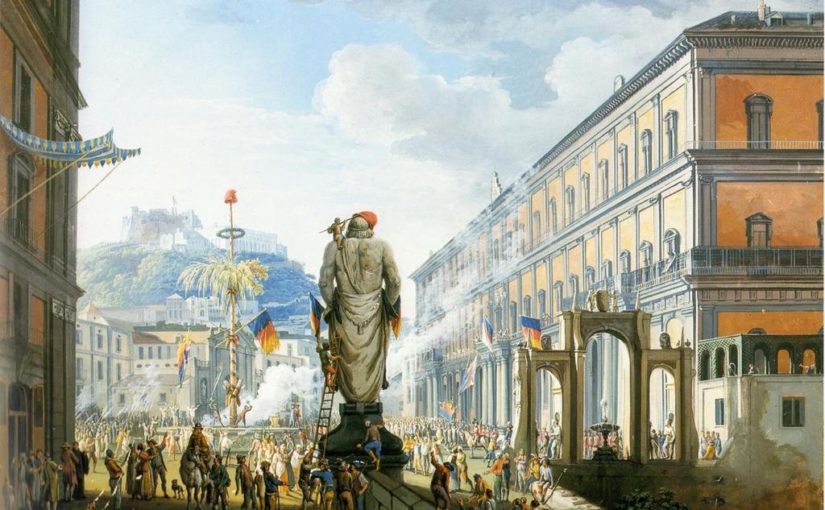
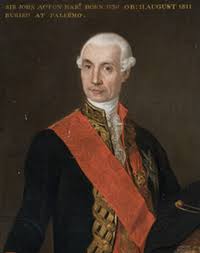 Acton (seen in the above portrait) was born in Besancon in 1736 , the son of an English physician who had moved and settled in France. He had entered service in the English Navy ( 1750- 1756) and then enrolled into that of the Duchy of Toscany. In 1767 he was raised to the office of Captain and in 1775, he participated to the joint Spanish-Tuscan expedition against the port of Algier. In 1776 Acton was promoted to Major General and put in charge of the Duchy of Tuscany’s Navy where he performed with distinction. The Archduke of Tuscany – Leopold II of Hapbsburg-Lorraine – -was a sibling of Queen Carolina and obliged her when she asked him to send Acton to Naples to reorganize the Navy of her husband’s Kingdom.
Acton (seen in the above portrait) was born in Besancon in 1736 , the son of an English physician who had moved and settled in France. He had entered service in the English Navy ( 1750- 1756) and then enrolled into that of the Duchy of Toscany. In 1767 he was raised to the office of Captain and in 1775, he participated to the joint Spanish-Tuscan expedition against the port of Algier. In 1776 Acton was promoted to Major General and put in charge of the Duchy of Tuscany’s Navy where he performed with distinction. The Archduke of Tuscany – Leopold II of Hapbsburg-Lorraine – -was a sibling of Queen Carolina and obliged her when she asked him to send Acton to Naples to reorganize the Navy of her husband’s Kingdom.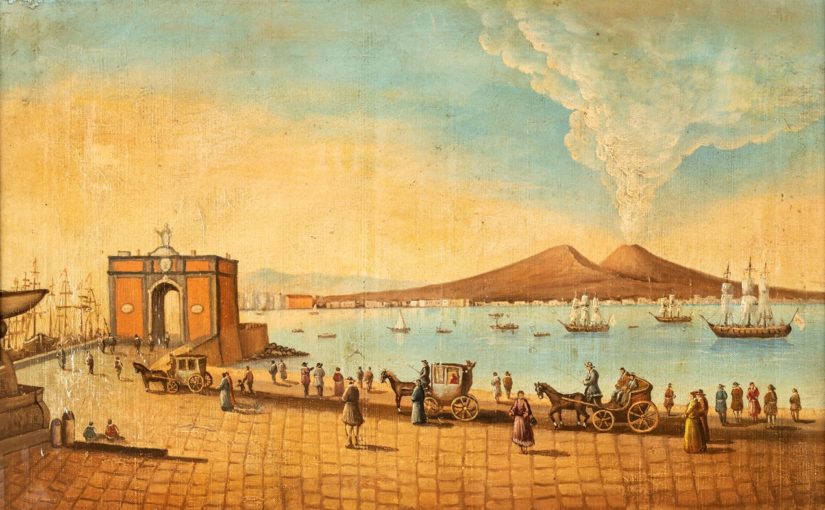
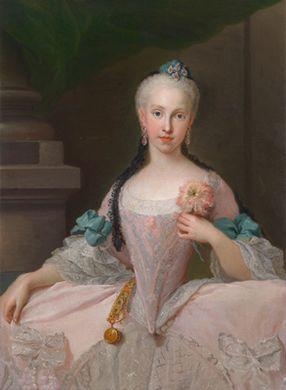 s effectively became a Regency ruled by Charles VII’s faithful Minister Bernardo Tanucci
s effectively became a Regency ruled by Charles VII’s faithful Minister Bernardo Tanucci 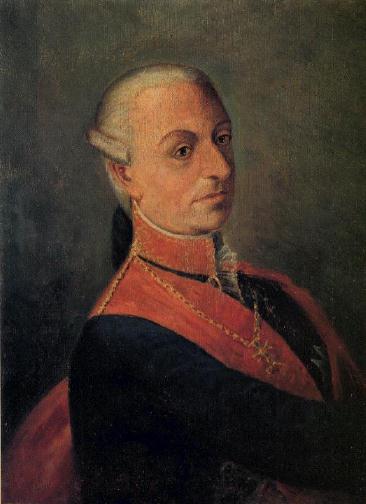 These two Freemasons came from the most important families of Naples and their names, together with that of the Pignatellis, repeatedly appear in the historical records of the Kingdom of Naples, its Masonic annals and the list of martyrs who died for the short-lived Parthenopean Republic.
These two Freemasons came from the most important families of Naples and their names, together with that of the Pignatellis, repeatedly appear in the historical records of the Kingdom of Naples, its Masonic annals and the list of martyrs who died for the short-lived Parthenopean Republic.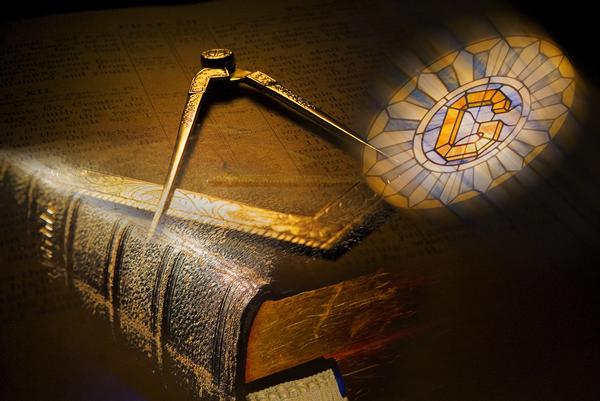
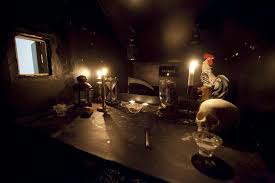 Per ottenere ciò, l’ancora profano deve affrontare l’Iniziazione e deve essere iniziato, cioè deve “entrare”, dal latino IN IRE = ANDARE DENTRO.
Per ottenere ciò, l’ancora profano deve affrontare l’Iniziazione e deve essere iniziato, cioè deve “entrare”, dal latino IN IRE = ANDARE DENTRO.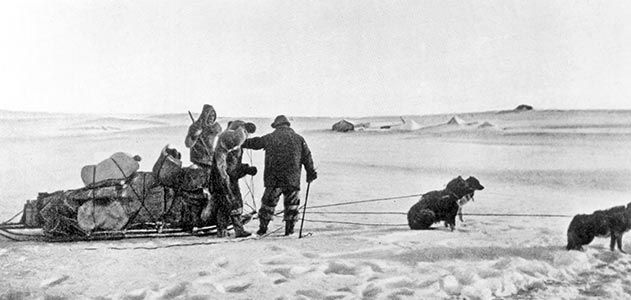
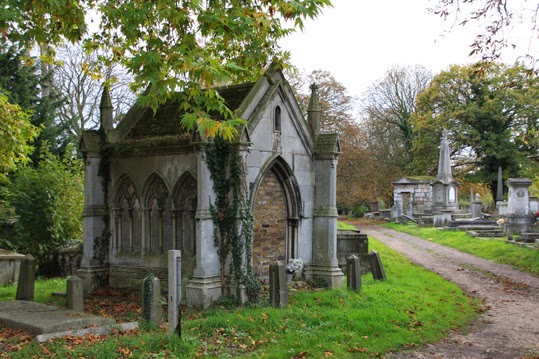
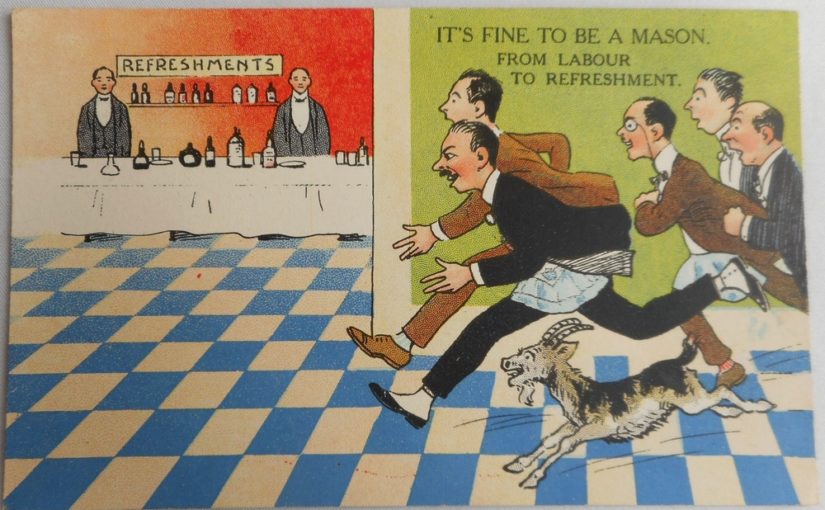

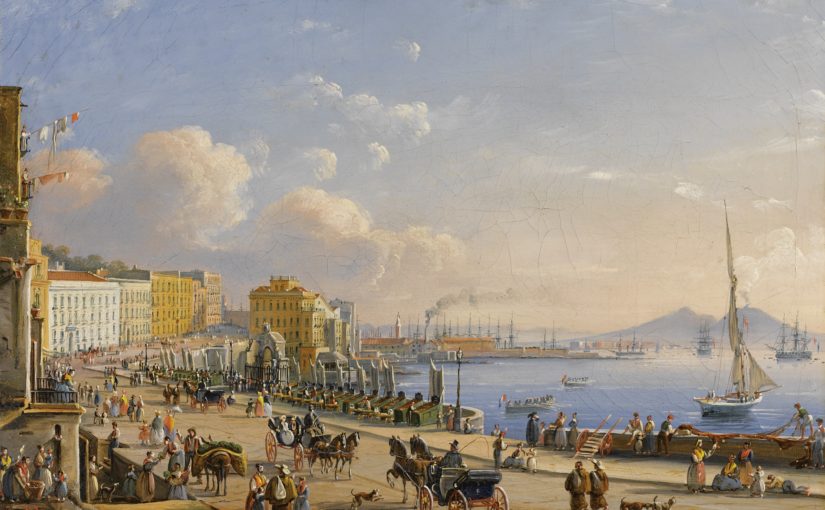
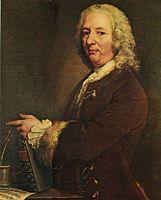 Francesco Xaverio Geminiani
Francesco Xaverio Geminiani 
